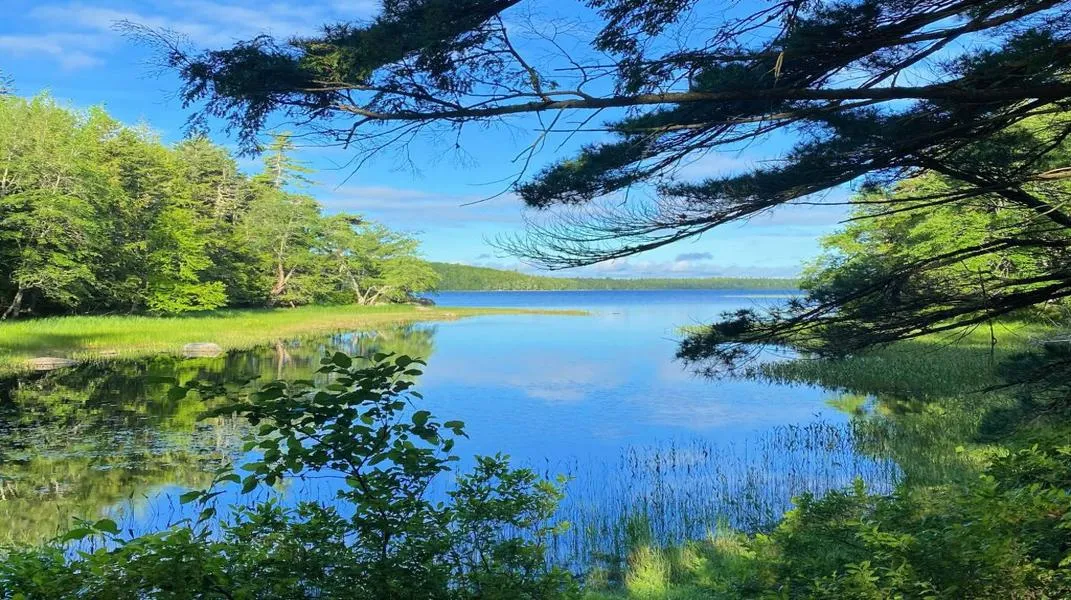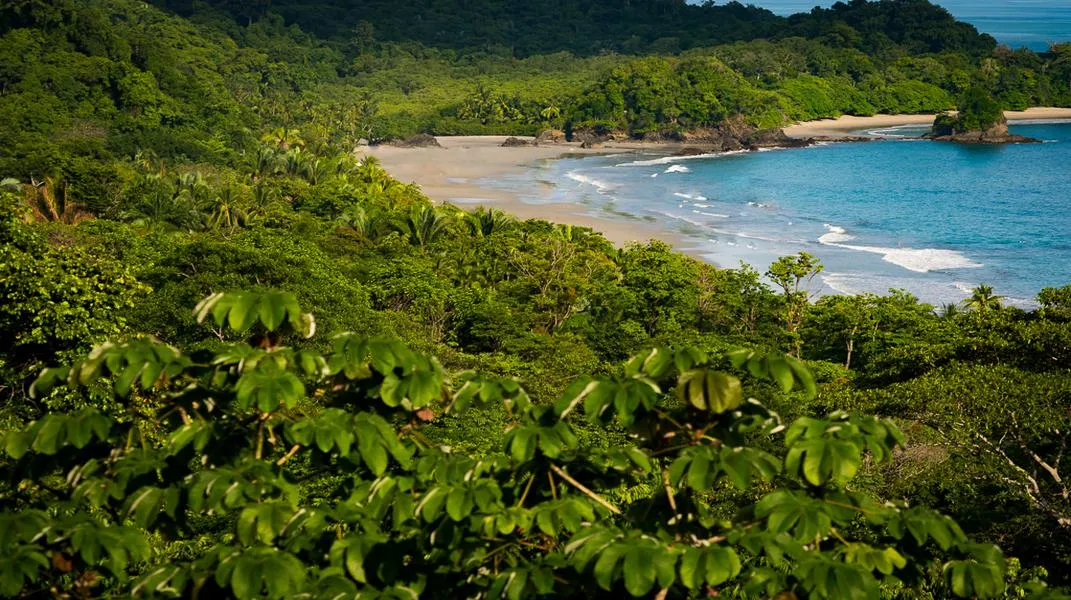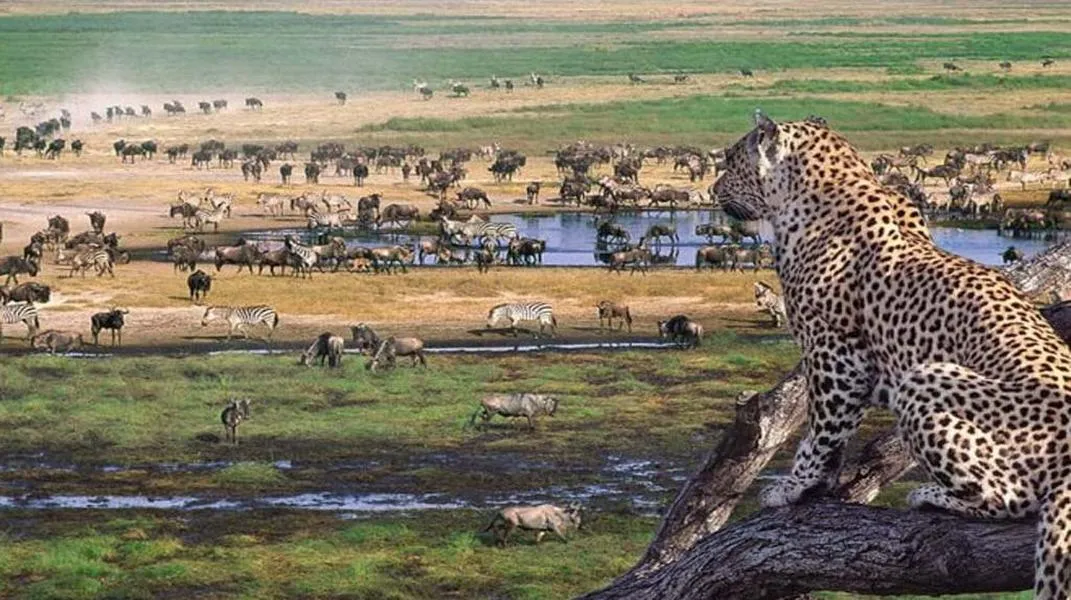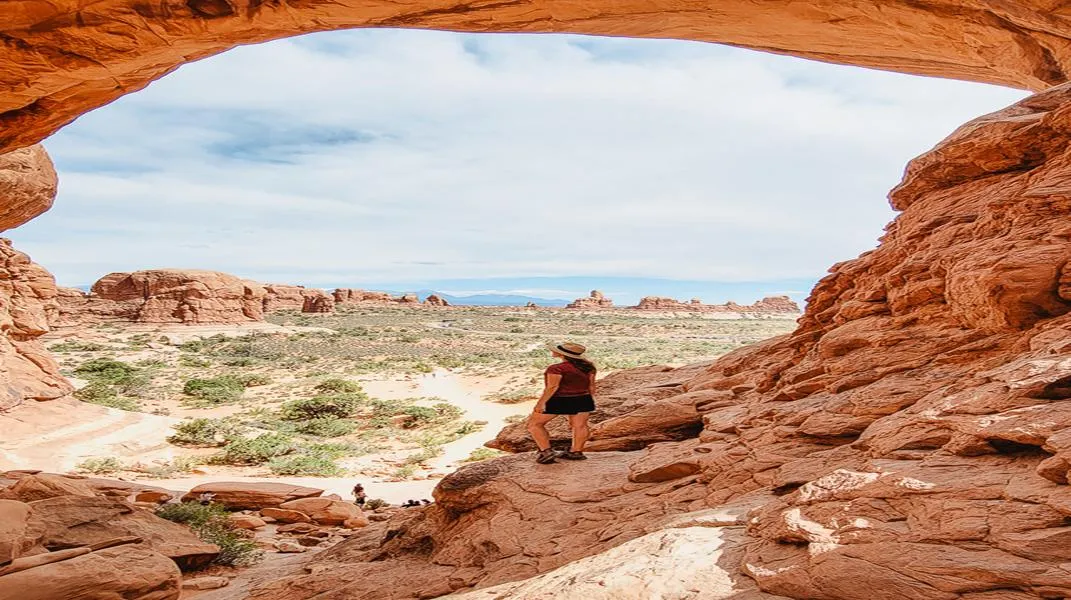Exploring the Majestic Grand Canyon National Park: A Guide for Visitors
Nestled in the heart of Arizona, Grand Canyon National Park is one of the most iconic and breathtaking natural wonders in the world. This vast chasm carved by the Colorado River showcases stunning geological formations, vibrant ecosystems, and a rich tapestry of cultural history. With its awe-inspiring views and diverse recreational opportunities, the Grand Canyon attracts millions of visitors each year, making it a must-visit destination for nature lovers and adventure seekers alike.
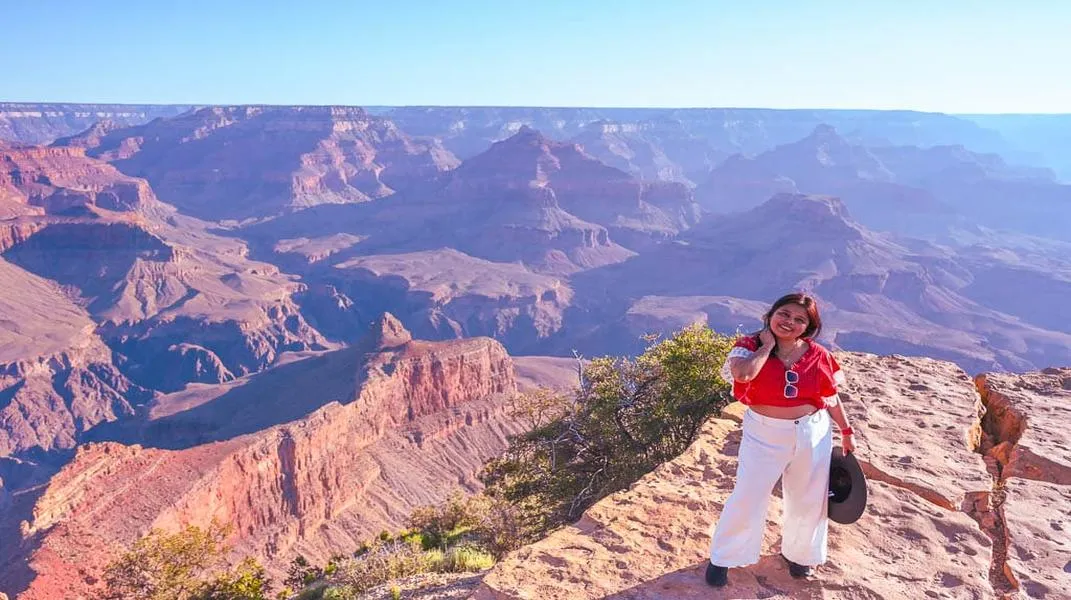
The Magnificence of the Grand Canyon
Geological Wonders
The Grand Canyon is not only a visual spectacle but also a geological marvel. Spanning 277 miles in length, up to 18 miles in width, and over a mile deep, the canyon is a testament to millions of years of geological processes. The colorful strata of rock layers reveal a history that dates back nearly 2 billion years. The most famous formations include the Bright Angel Shale, the Redwall Limestone, and the Kaibab Limestone, each showcasing unique colors and textures that change with the light throughout the day.
Visitors to the Grand Canyon can explore various viewpoints, each offering a different perspective of the canyon's grandeur. The South Rim is the most accessible area, featuring popular viewpoints such as Mather Point, Yavapai Observation Station, and Grandview Point. The North Rim, while less frequented, offers a more secluded experience with stunning panoramas and a cooler climate.
Flora and Fauna
The diverse ecosystems found within Grand Canyon National Park harbor a wide variety of plant and animal life. From the arid desert scrub at lower elevations to the lush forests of the North Rim, the park is home to over 1,500 species of plants, 447 species of birds, 447 species of mammals, and numerous reptiles and amphibians. Common wildlife sightings include mule deer, bighorn sheep, and a variety of bird species, such as the California condor.
The park’s flora is equally impressive, featuring plants that have adapted to the harsh desert conditions. Visitors can spot colorful wildflowers in spring, vibrant fall foliage, and resilient desert plants like cacti and sagebrush throughout the year.
Cultural Significance
The Grand Canyon is not only a natural wonder but also a culturally significant site for many Native American tribes, including the Havasupai, Hopi, Navajo, and Hualapai. These tribes have inhabited the region for thousands of years and have a deep spiritual connection to the canyon. Visitors can learn about this rich cultural heritage through interpretive programs, exhibits at the Grand Canyon Visitor Center, and guided tours led by Native American guides.
Preparing for Your Visit
Visiting the Grand Canyon requires careful planning to ensure a safe and enjoyable experience. Here are some essential materials and tips to help you prepare for your adventure.
1. Park Pass and Reservations
Before heading to the Grand Canyon, it’s essential to obtain a park entrance pass. As of 2023, the entrance fee for a private vehicle is $35, valid for seven days. Alternatively, you can purchase an annual pass for $70, which covers all national parks. If you plan to camp, lodging, or participate in guided tours, it's wise to make reservations in advance, especially during peak seasons.
2. Clothing and Footwear
The weather at the Grand Canyon can vary significantly depending on the season and elevation. In the summer months, temperatures on the South Rim can reach over 90°F (32°C), while the North Rim can be much cooler. In contrast, winter temperatures can drop below freezing, especially at higher elevations.
What to pack:
- Layered Clothing: Bring moisture-wicking base layers, insulating mid-layers, and weather-resistant outer layers. This will help you adapt to fluctuating temperatures throughout the day.
- Comfortable Footwear: A good pair of hiking boots or sturdy shoes with excellent grip is essential, as you may encounter rocky and uneven terrain.
- Hat and Sunglasses: Protect yourself from the sun with a wide-brimmed hat and UV-protected sunglasses.
- Rain Gear: Depending on the season, consider packing a lightweight rain jacket.
3. Hydration and Nutrition
Staying hydrated is crucial when exploring the Grand Canyon, particularly during warm months. The park's high elevation can lead to dehydration, so it’s advisable to carry a reusable water bottle. Water refill stations are available at various locations throughout the park.
Food and Snacks:
- Pack lightweight, non-perishable snacks such as trail mix, energy bars, and dried fruit for day hikes.
- If you plan to dine at one of the park's restaurants, consider making reservations in advance, especially during busy seasons.
4. Hiking Gear and Safety
The Grand Canyon boasts a vast network of hiking trails, ranging from easy walks along the rim to challenging backcountry hikes. When hiking, it's essential to be prepared.
Essential Hiking Gear:
- Daypack: A comfortable backpack to carry your essentials.
- First Aid Kit: Include items such as band-aids, antiseptic wipes, and any personal medications.
- Navigation Tools: A map of the park and a compass or GPS device can help keep you oriented.
- Trekking Poles: These can provide stability and reduce strain on your knees, especially on steep trails.
Safety Tips:
- Always inform someone of your hiking plans and expected return time.
- Stay on marked trails and be aware of the weather conditions.
- Be cautious of wildlife and maintain a safe distance.
5. Photography Equipment
With its breathtaking vistas, the Grand Canyon is a paradise for photographers. To capture the beauty of this natural wonder, consider bringing the following:
- Camera: Whether it's a DSLR, mirrorless, or smartphone camera, make sure you have a reliable device.
- Tripod: A lightweight tripod can help stabilize your shots for long exposures, especially at sunrise or sunset.
- Lenses: If you're using a DSLR or mirrorless camera, consider a wide-angle lens to capture the expansive landscapes.
- Extra Batteries and Memory Cards: The last thing you want is to run out of battery or storage space in a moment of inspiration.
6. Technology and Apps
In today’s digital age, utilizing technology can enhance your experience at the Grand Canyon. While cell service can be spotty in many areas of the park, several apps and tools can assist your adventure.
- Park App: Download the official Grand Canyon National Park app for maps, trail information, and safety tips.
- Weather Apps: Stay updated on the weather conditions to plan your day effectively.
- Photography Apps: Use apps like Instagram or Lightroom to edit and share your photos directly from the park.
Things to Do at the Grand Canyon
Once you’ve prepared for your visit, it’s time to explore the myriad of activities the Grand Canyon has to offer.
1. Hiking
With over 800 miles of trails, hiking is one of the most popular ways to experience the Grand Canyon. Whether you’re looking for a leisurely stroll along the rim or a challenging descent into the canyon, there’s something for everyone.
Recommended Trails:
- Bright Angel Trail: A well-maintained trail that descends into the canyon, offering stunning views and shade along the way.
- South Kaibab Trail: Known for its breathtaking vistas, this trail is less shaded but provides excellent photographic opportunities.
- Rim Trail: A relatively flat path that runs along the rim, perfect for families and those looking for an easy walk.
2. Scenic Drives
For those who prefer to take in the sights from the comfort of their vehicle, the Grand Canyon offers several scenic drives. The Desert View Drive on the South Rim features numerous overlooks and the historic Desert View Watchtower, providing panoramic views of the canyon.
3. Rafting
For a truly unique perspective of the Grand Canyon, consider taking a rafting trip down the Colorado River. Guided tours vary in length from half-day excursions to multi-day adventures, allowing you to experience the canyon's beauty from the water.
4. Ranger Programs
Engage with the park’s natural and cultural history by participating in ranger-led programs. These include guided hikes, talks, and evening programs that delve into the park's ecology and geology. Check the park’s schedule for the latest offerings.
5. Stargazing
The Grand Canyon is a designated International Dark Sky Park, making it an excellent location for stargazing. The absence of city lights allows for clear views of the night sky, and various spots along the rim provide breathtaking vistas of the stars. Bring a blanket and enjoy the celestial showcase.
Conclusion
Grand Canyon National Park is a destination that captivates the hearts and minds of all who visit. Its stunning vistas, rich geological history, diverse ecosystems, and cultural significance make it a unique and unforgettable experience. By preparing appropriately and being mindful of the environment, you can enjoy all that this natural wonder has to offer.
Whether you're hiking along the rim, rafting the Colorado River, or simply soaking in the views from one of the many overlooks, the Grand Canyon promises memories that will last a lifetime. So pack your bags, grab your camera, and get ready to embark on an adventure in one of nature's most awe-inspiring masterpieces.

